| |
|
|
Botanical Name |
: |
Mimusops elengi L. |
English
Name |
: |
Bullet Wood, Spanish cherry |
Synonym(s) |
: |
Mimusops parviflora R. Br. |
Family |
: |
Sapotaceae |
| |
General Info
| Description |
 |
|
It is a large evergreen tree with about 16 m in height and dark grey bark. Leaves are coriaceous, shining, elliptic and glabrous with undulate margins. The flowers are white and fragrant in axillary fascicles of 2 to 6 flowers and drooping. Calyx-lobes are 8 and ovate-lanceolate. Corolla lobes are in 2 circles in 2 series, the inner one is consisting of 8 to 10 lobes. Stamens are 8 and the ovary is hairy and 6 to 8 celled. The fruits are ovoid, 1.7 to 2.0 cm long and 1-seeded berries and reddish yellow when ripe. |
| Herb Effects |
 |
|
Kills sperm and alleviates spasms (seed), diuretic (aerial part), astringent, tonic, antipyretic. |
Chemistry
| Active Ingredients |
 |
|
Lauric, myristic, capric, stearic and palmitic acids (seed oil), saponins (seed), taraxerol, lupeol, alpha-spinasterol, quercitol and beta-sitosterol (root, seed and aerial part). |
| Chemistry
of Active Ingredients |
 |
|
|
 |
Name |
CAS# |
IUPAC Name |
Formula |
Structure |
 |
|
| Lauric acid |
8045-27-0 |
Dodecanoic acid |
C12H24O2 |
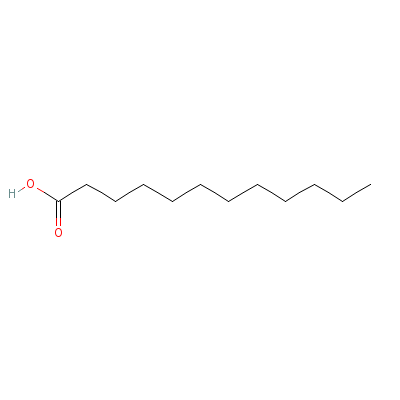
|
| Myristic Acid |
Not Available |
Hexane |
C6H14 |
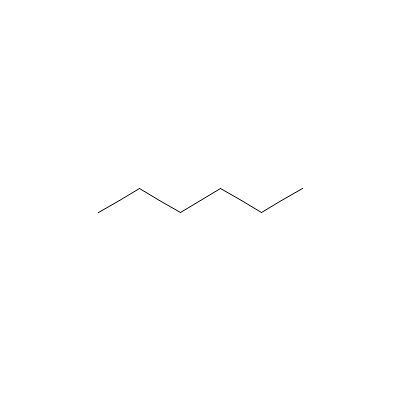
|
| Capric acid |
334-48-5 |
Decanoic acid |
C10H20O2 |
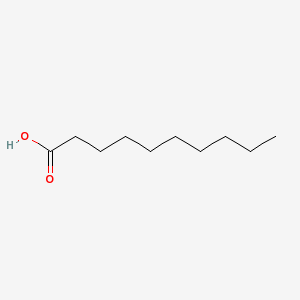
|
| Stearic acid |
82497-27-6 |
Octadecanoic acid |
C18H36O2 |
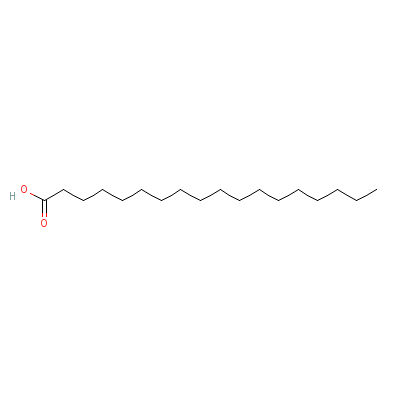
|
| Palmitic acid |
66321-94-6 |
Hexadecanoic acid |
C16H32O2 |
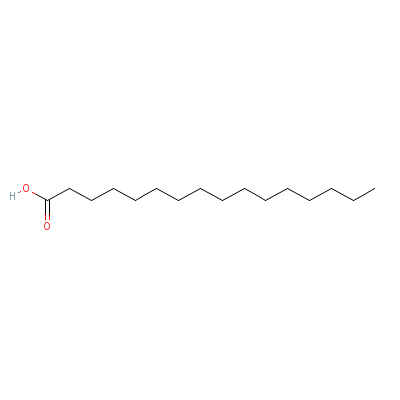
|
| Taraxerol |
22076-46-6 |
4,4,6a,6a,8a,11,11,1
4b-octamethyl-1,2,3,
4a,5,6,8,9,10,12,12a
,13,14,14a
-tetrade
cahydropicen-3-ol |
C30H50O |
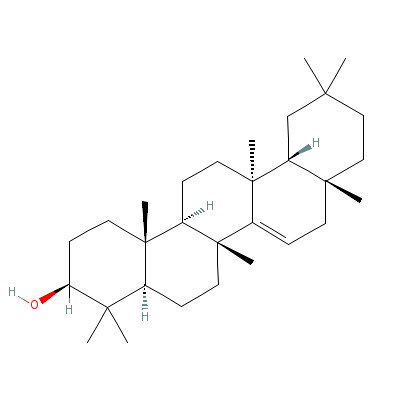
|
| Lupeol |
Not Available |
Not Available |
C30H50O |
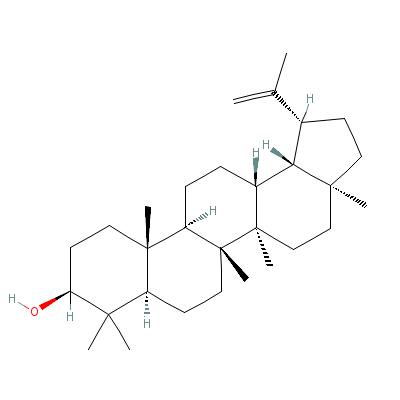
|
| alpha-Spinasterol |
481-18-5 |
17-(5-ethyl-6-methyl
-hept-3-en-2-yl)-10,
13-dimethyl-2,3,4,5,
6,9,11,12,
14,15,16
,17-dodecahydro-1H-c
yclopenta[a]phenanth
ren-3-ol |
C29H48O |
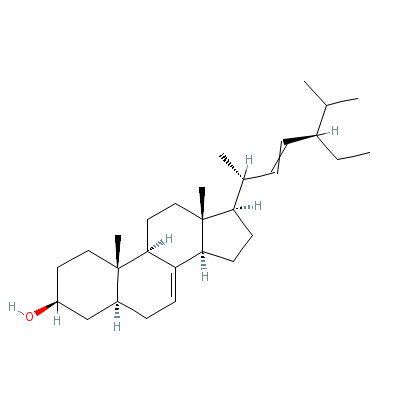
|
| Beta-Sitosterol |
5779-62-4 |
17-(5-ethyl-6-methyl
-heptan-2-yl)-10,13-
dimethyl-2,3,4,7,8,9
,11,12,14,
15,16,17
-dodecahydro-1H-cycl
openta[a]phenanthren
-3-ol |
C29H50O |
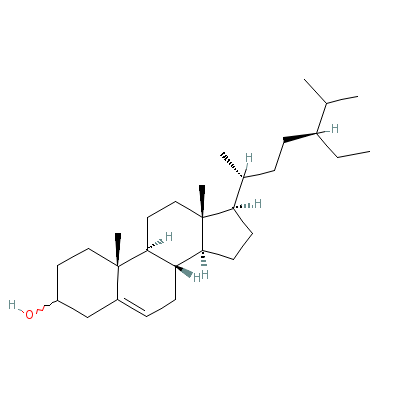
|
|
Pharmacology
| Medicinal Use |
 |
|
In snakebite (leaf), diarrhea and dysentery (fruit pulp) and as a tonic (bark powder), to treat dental disorders and toothache, constipation in children (seeds), for cleaning the teeth (Young twigs). |
| Reference |
 |
|
 Chandel et al., Biodiversity in Medicinal and Aromatic Plants in India. Chandel et al., Biodiversity in Medicinal and Aromatic Plants in India.
Sharma, Classical Uses of Medicinal Plants.
|
Dealers
Products
|
|